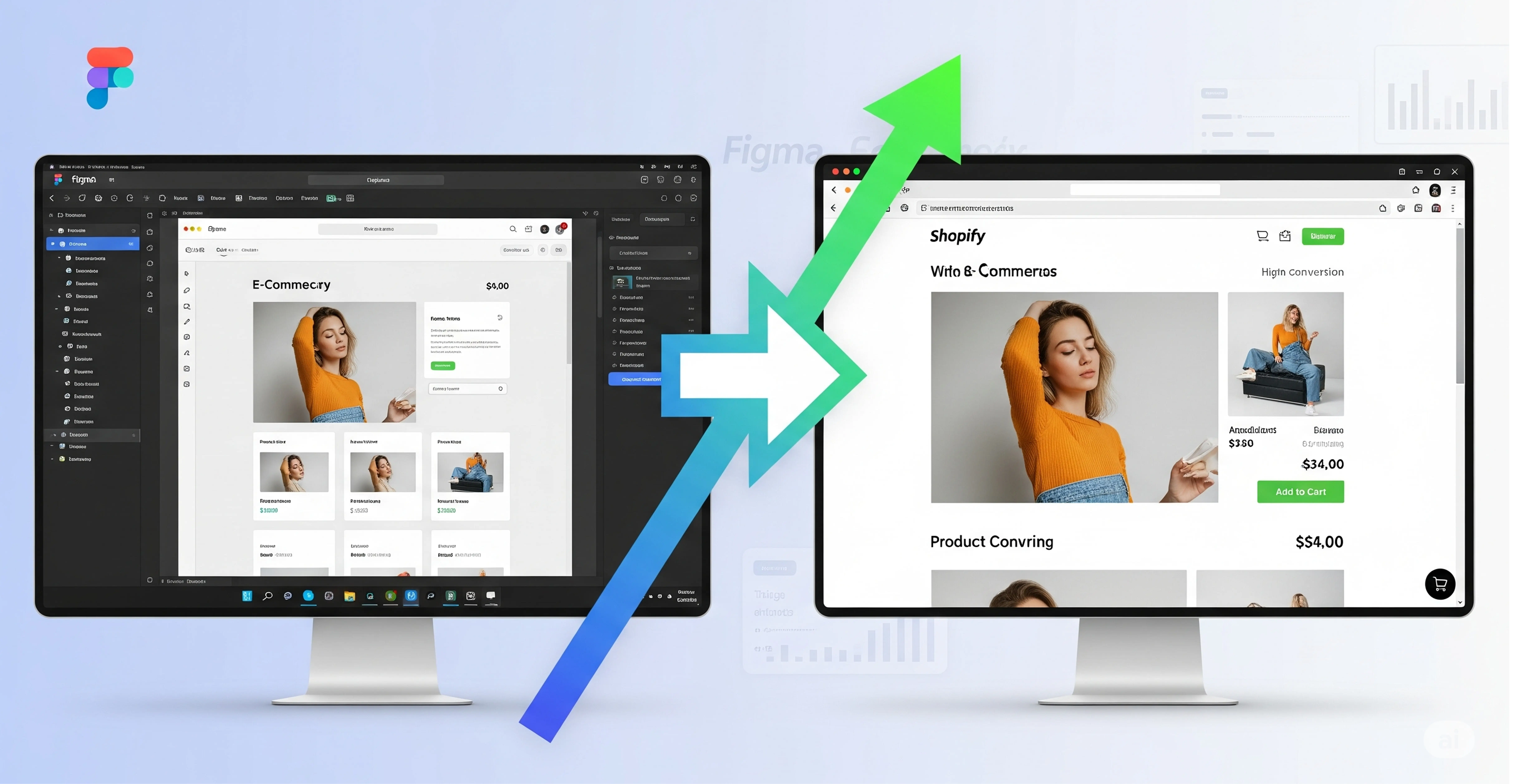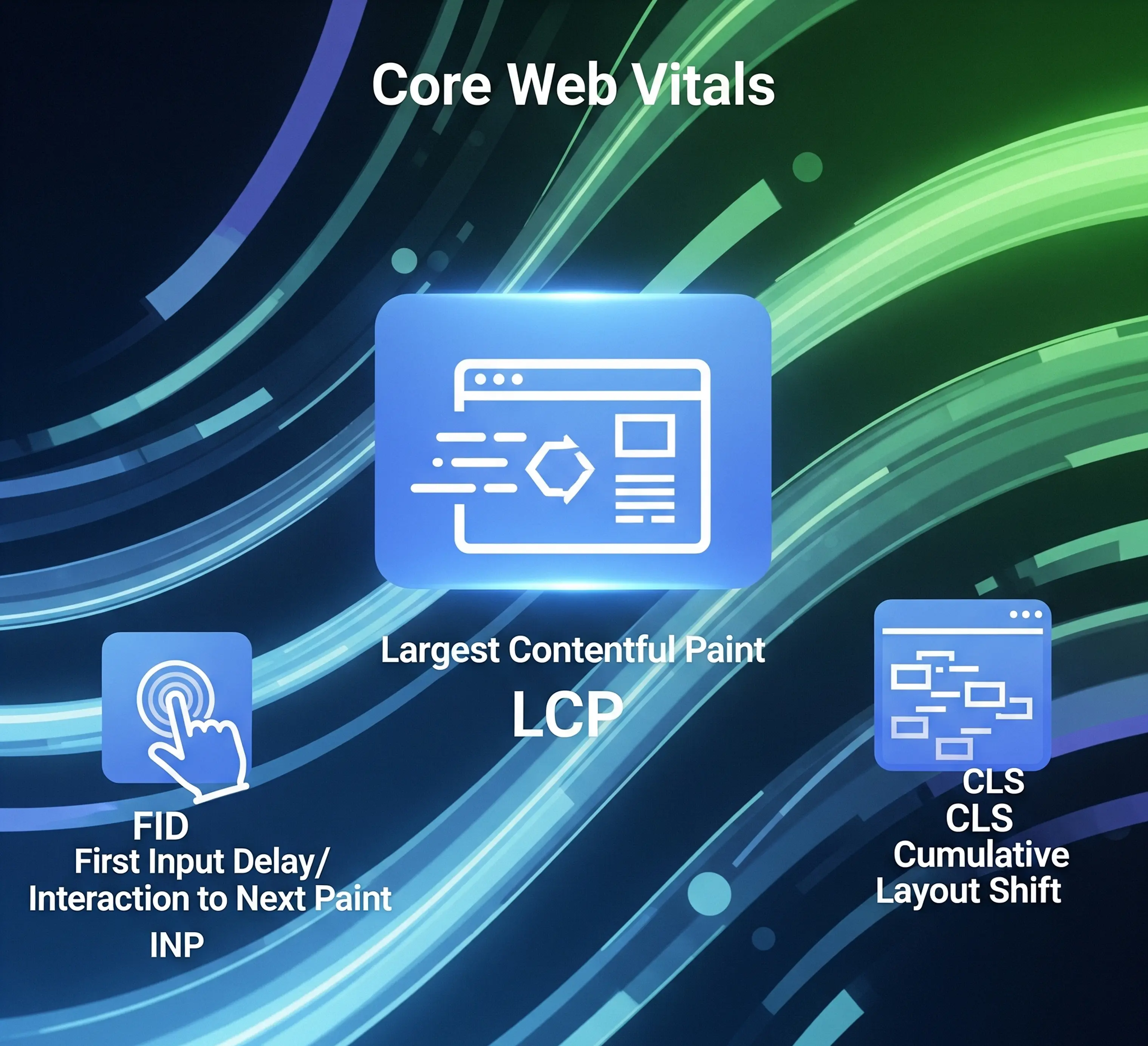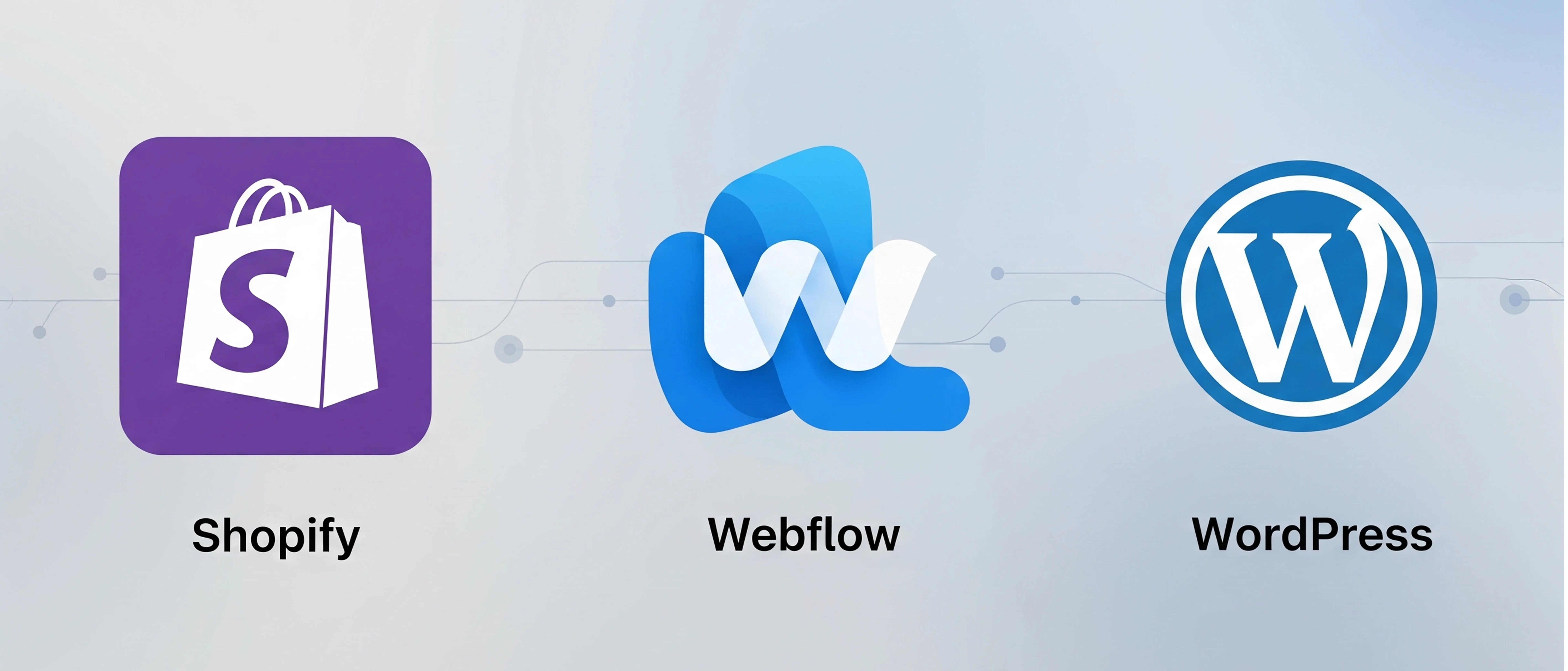Beyond Pixel-Perfect: 5 Lessons from Turning a Figma Design into a High-Converting Shopify Store

In the world of eCommerce, a beautiful design is just the entry ticket. As a Shopify developer, I see this every week. Many brands invest heavily in stunning Figma mockups, only to see them transform into slow, clunky websites that fail to convert. The real challenge isn't just matching the pixels; it's about embedding performance, persuasion, and strategy directly into the code. A successful Figma to Shopify project results in a storefront that is not only visually flawless but also a powerful sales engine.
Recently, I partnered with a promising supplement brand, Mystrode, that faced this exact challenge. They had a brilliant design but needed a developer to build a high-performance site on a tight budget. This project reinforced several crucial lessons that are vital for any brand looking to turn their design vision into commercial success. Here are the top 5.
Lesson 1: A Custom Build from Scratch is a Performance Game-Changer
The first temptation when moving from Figma to Shopify is to find an existing theme and try to force it to match your design. This is almost always a mistake. Pre-built themes, while convenient, are packed with unused code, countless configuration options, and multiple stylesheets that can severely slow down your site.
Building a Shopify theme from scratch ensures every line of code serves a purpose. This results in a leaner, faster, and more maintainable website, directly impacting your Core Web Vitals. This is the discipline of a Shopify expert.
The Clean Code Advantage
For the Mystrode project, we built the theme entirely from scratch using HTML, CSS, Liquid, and JavaScript. This approach allowed us to:
- Write clean, semantic code that search engines love.
- Eliminate all theme 'bloat' and unused scripts.
- Implement a highly targeted and efficient CSS structure.
- Ensure the final product was a true 1:1, pixel-perfect match of the Figma design without compromises.
Lesson 2: Prioritize Core Web Vitals from Day One, Not as an Afterthought

Website speed is not just a feature; it's the foundation of the user experience and a critical Google ranking factor. Many developers build a site and then try to 'optimize' it for speed later. The correct approach is to build *for* speed from the very first line of code.
Key Performance Optimizations
During the Figma to Shopify process, we obsessed over performance with a few key strategies:
Strategic Image Loading
We used modern image formats like WebP, implemented responsive images with `srcset` to serve the right size for every device, and applied native lazy loading to defer off-screen images, dramatically improving the Largest Contentful Paint (LCP).
Minimizing Render-Blocking Resources
All non-critical CSS and JavaScript were deferred or loaded asynchronously. This ensures that the browser can render the visible part of the page almost instantly, which is crucial for keeping users engaged.
Lesson 3: De-Risk Your Business Model with A/B Testing
Mystrode wanted to offer product subscriptions to build recurring revenue—a smart move for a supplement brand. However, choosing the right subscription platform can be difficult. Instead of making an assumption, we built a system to test the two leading options.
A data-driven decision is always better than a guess. By integrating both Loop Subscriptions and Shopify's native service, the client could run real-world A/B tests to see which platform generated a higher customer lifetime value (LTV).
This approach empowered them to make a long-term business decision based on actual user behavior and financial data, not just on a feature list.
Lesson 4: Integrate a 'Trust & Marketing Stack' at Launch
A new store has zero trust. To overcome this, it's essential to launch with a suite of tools designed to build social proof and enable powerful marketing from day one.
Our Essential Integrations
- Klaviyo: For sophisticated email marketing flows (welcome series, abandoned cart recovery).
- Judge.me: To automatically collect and display product reviews, providing crucial social proof.
- Custom Wishlist: To increase user engagement and capture valuable data on product interest.
- Replo: To quickly build high-converting landing pages for specific ad campaigns, like the pre-sale page we created to generate early revenue.
Lesson 5: A Website Launch Isn't the Finish Line; It's the Starting Gate
The final deliverable for the Mystrode project wasn't just a website; it was a scalable business asset. It was fast, secure, and conversion-optimized, but most importantly, it was built for growth. The clean codebase makes it easy to add new features, the integrated marketing stack allows for immediate campaign launches, and the A/B testing framework provides a path for continuous improvement.
Turning a Figma design into a successful Shopify store requires a holistic approach. It's a fusion of technical execution, performance engineering, and strategic business thinking.
Ready to Build Your High-Performance Store?
If you have a design ready and need a development partner who thinks beyond the pixels, I can help. If you're looking to hire a Shopify developer, Let's discuss your project and build a Shopify store that not only looks incredible but also delivers outstanding results.
Learn how to turn a Figma design into a lightning-fast, high-converting Shopify store. Discover key lessons on Core Web Vitals, A/B testing, and strategic app integrations.
Related posts

Shopify vs. Webflow vs. WordPress: Which Platform is Right for Your Business in 2025?
An expert comparison of Shopify, Webflow, and WordPress. Understand the pros, cons, and ideal use cases for eCommerce, design freedom, and content to choose the best platform.

Do You Really Need a Headless Website? A Simple Guide for Business Owners
A plain-English guide to headless architecture. Understand the benefits (speed, flexibility), the costs, and whether a headless CMS is right for your business.